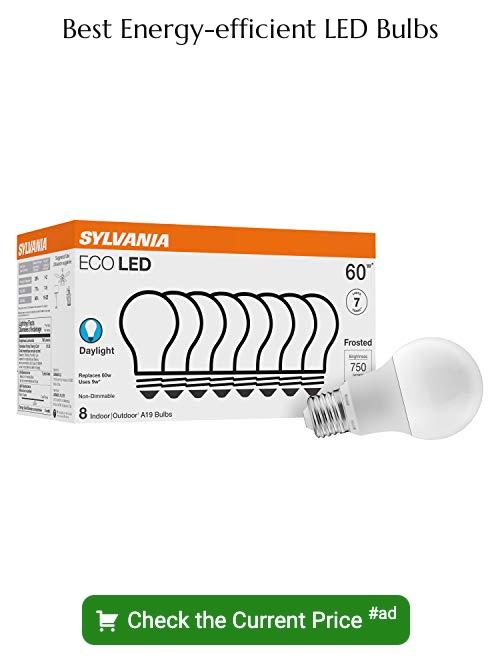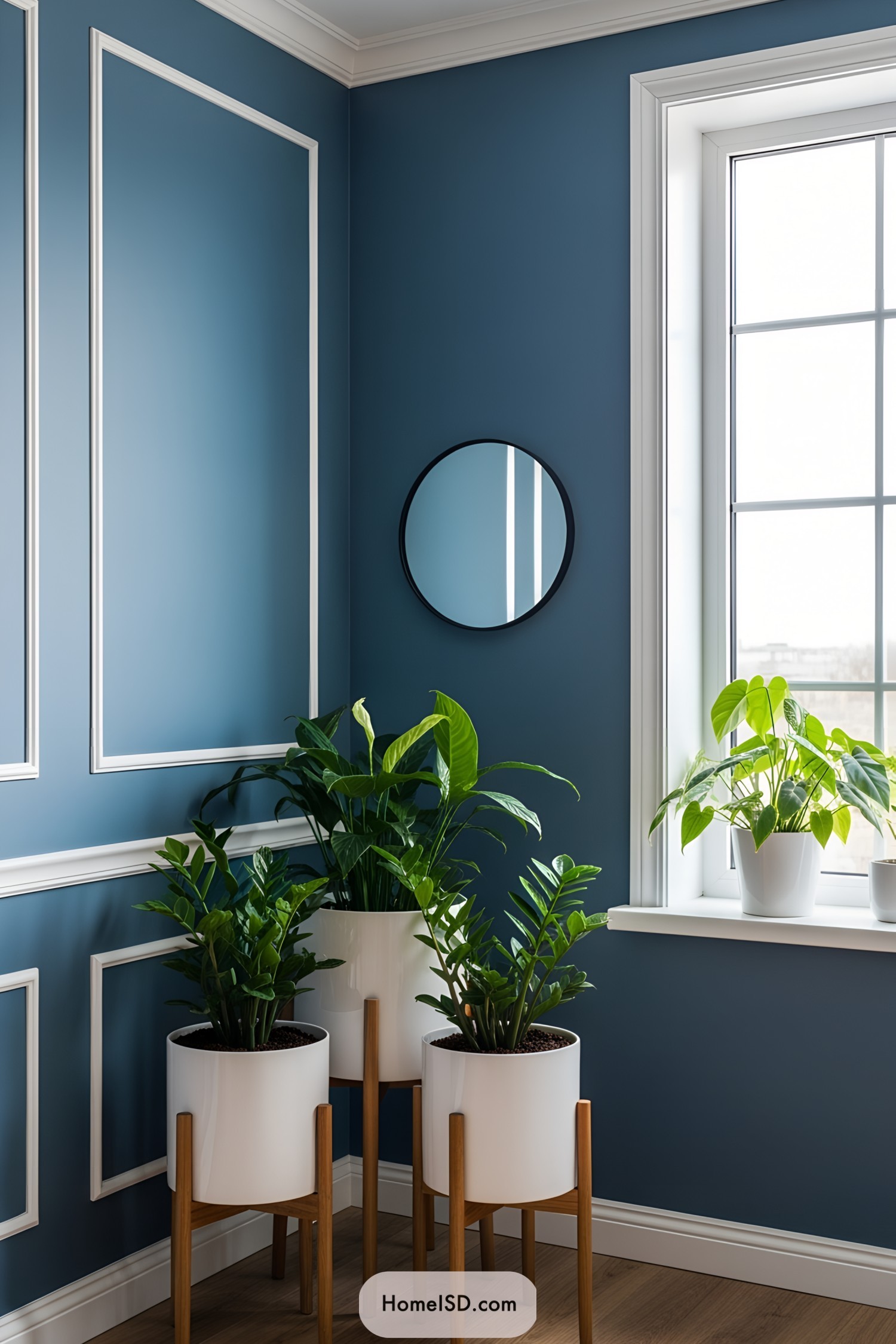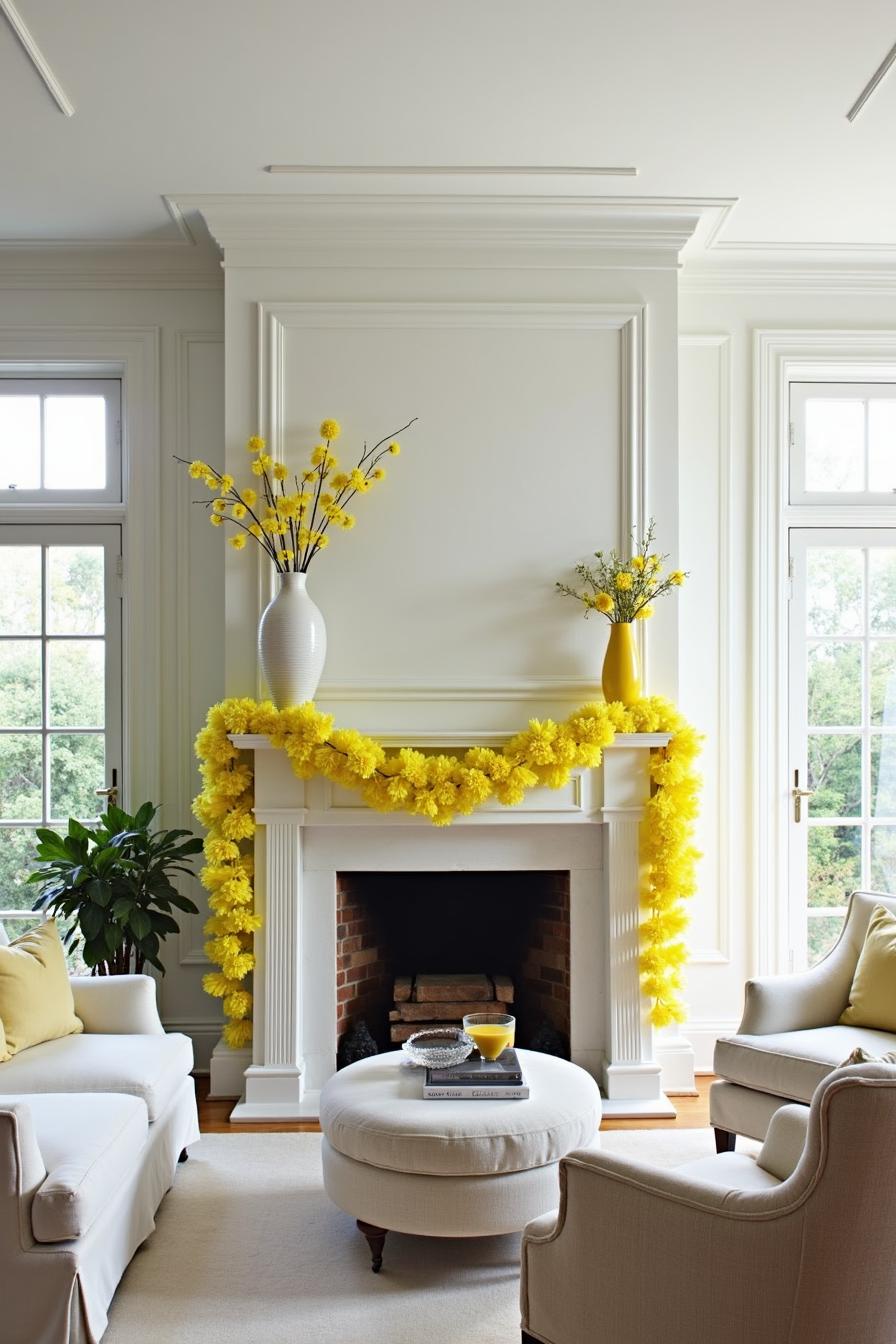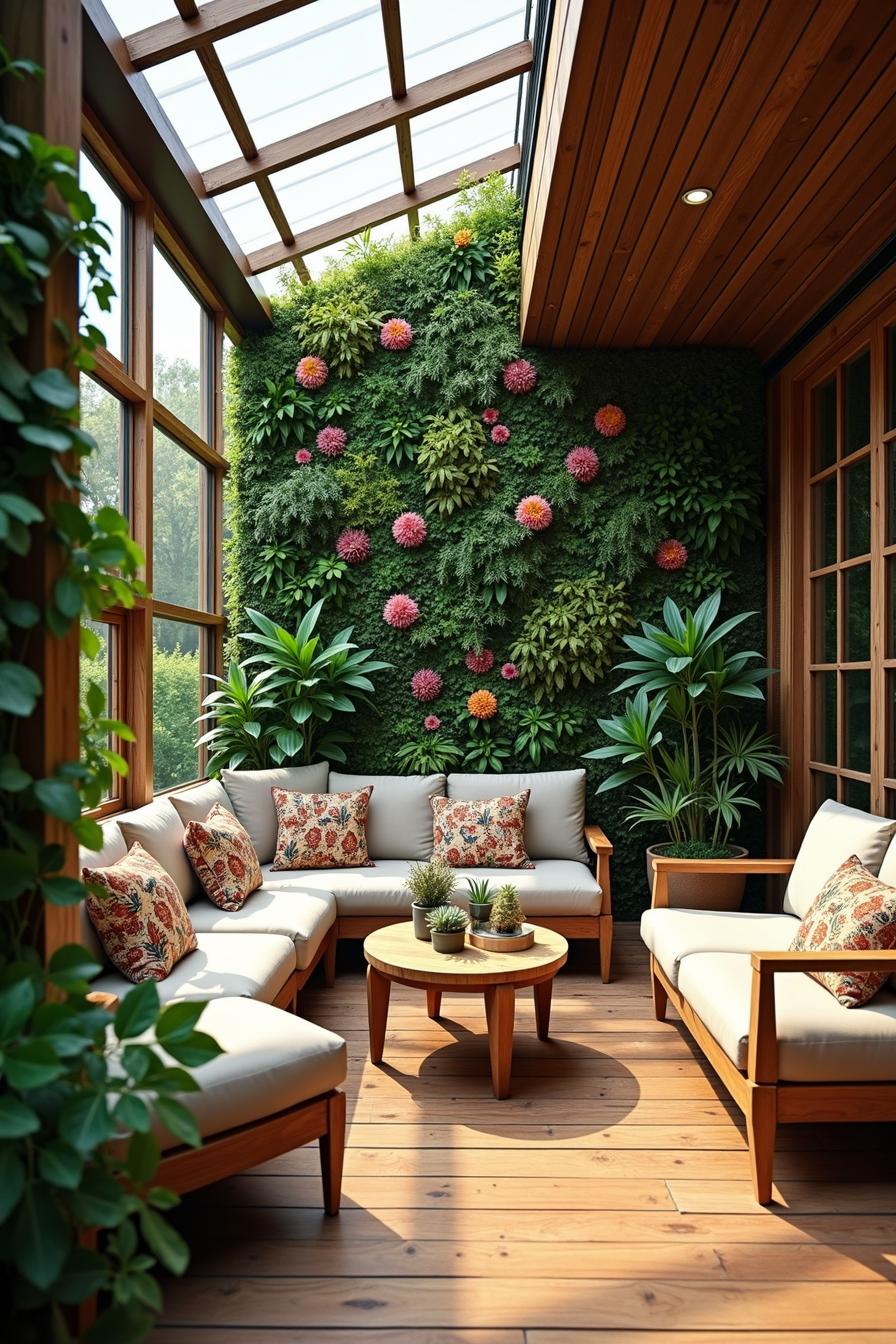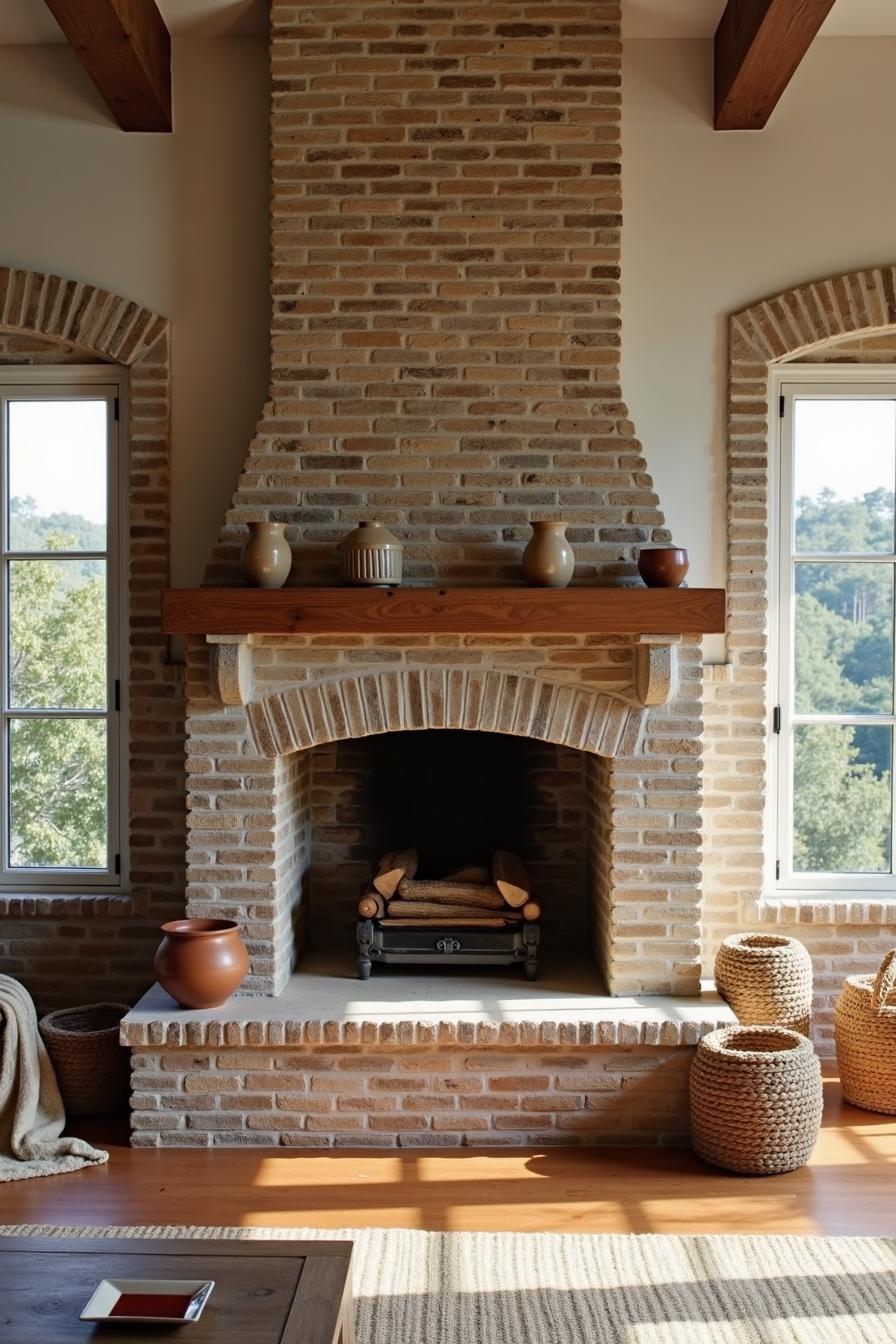Last updated on
Explore the world of energy-efficient lighting solutions as we delve into brilliant alternatives to fluorescent lights, enhancing your space’s ambiance while reducing environmental impact.
Are you tired of the harsh and unflattering light that fluorescent bulbs emit? Do you want to find a more budget-friendly and aesthetically pleasing alternative for your home decor? You’ve come to the right place! In this article, we’ll explore some creative ways to replace those fluorescent lights with more stylish and energy-efficient options. Say goodbye to boring lighting and hello to a brighter, more beautiful home.
Let’s get started!
Health Concerns With Fluorescent Lighting

One of the most significant concerns is the potential health risks associated with prolonged exposure to fluorescent light. Studies have shown that these lights emit blue light waves that can disrupt our circadian rhythm and negatively impact our sleep patterns.
Some people may experience headaches or eye strain when exposed to fluorescent lighting for extended periods. This is due to the flickering effect caused by rapid cycling between on and off states at a high frequency.
Fortunately, there are alternative lighting options available that can help mitigate these health concerns while still providing ample illumination in your home or office space.
Environmental Impacts of Fluorescent Lights

These bulbs contain small amounts of mercury, a toxic substance that can harm the environment and human health if not disposed of properly. When fluorescent lights break or are thrown away in regular trash, they release mercury into the air and water supply.
Moreover, fluorescent lighting requires more energy to produce than LED lighting alternatives. This means that more greenhouse gases are emitted during production which contributes to climate change.
Fortunately, there is a wide range of eco-friendly options available on the market today that offer better performance while reducing environmental impact.
Comparing LED and Fluorescent Lights

While both types of bulbs offer significant energy savings compared to traditional incandescent bulbs, there are some key differences between them.
LEDs (Light Emitting Diodes) use a semiconductor material that emits light when an electric current is passed through it. They consume less electricity than fluorescent lights and have a longer lifespan – up to 50,000 hours or more! LEDs also come in various colors and can be dimmed without affecting their performance.
Fluorescent lights work by passing an electric current through mercury vapor inside the bulb’s tube. This causes ultraviolet light emission which then excites phosphors coating on the tube’s interior surface producing visible light.
Fluorescents tend to flicker at start-up but stabilize after warming up for several minutes; they contain small amounts of toxic materials like mercury which makes disposal difficult.
While LED bulbs may cost more upfront than fluorescents, they last much longer and require less maintenance over time making them cheaper in long-term usage costs. In terms of environmental impact, LEDs do not contain hazardous materials such as mercury found in fluorescents hence safer for disposal while reducing carbon footprint during production due to lower power consumption levels.
LED Lighting Advantages

LED lights are energy-efficient, long-lasting, and versatile. They come in a variety of colors and can be used for both ambient lighting or task-specific purposes.
One significant advantage of LED lights is their energy efficiency. Compared to fluorescent bulbs that waste up to 95% of the electricity they consume as heat, LEDs convert almost all the power they use into light output.
This means you’ll save money on your electric bill while also reducing your carbon footprint.
Another benefit is their longevity; LEDs last much longer than traditional bulbs – up to 25 times longer! This means fewer replacements over time which saves you money on maintenance costs.
LEDs are also highly customizable with various color temperatures available from warm white (2700K) to cool daylight (6500K). You can choose different hues depending on the mood or ambiance you want to create in each room.
Smart Lighting Systems
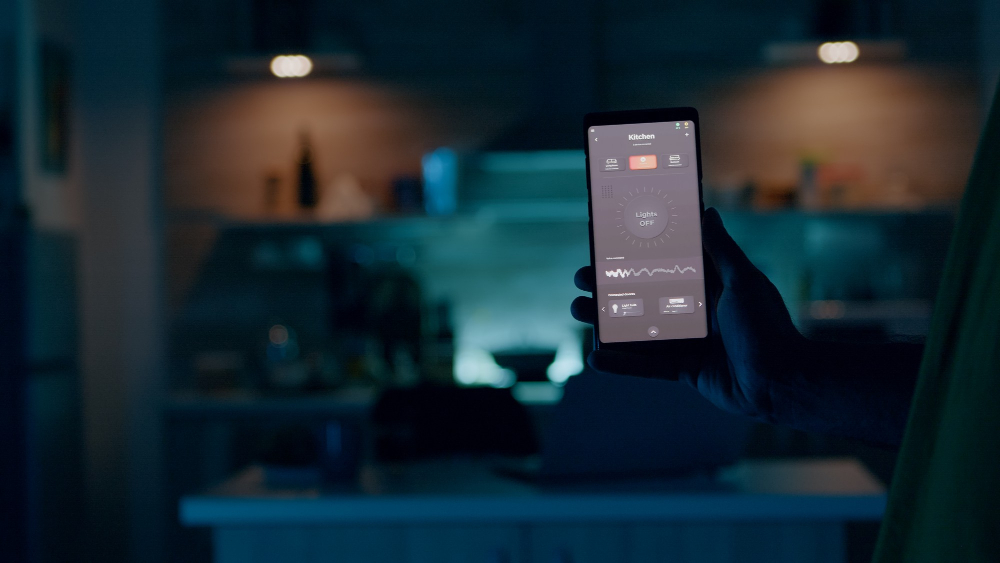
These innovative systems allow you to control your lights remotely, set schedules, and even change colors to suit your mood or occasion. With smart lighting technology, you can create a warm and inviting ambiance for movie nights or brighten up the room for work meetings with just a few taps on your smartphone.
One of the most significant advantages of smart lighting is its energy efficiency. You can program your lights to turn off automatically when not in use or dim them during peak daylight hours to save on electricity bills.
Moreover, these systems offer endless possibilities for customization and personalization that traditional fluorescent bulbs cannot match. Whether it’s setting up different scenes throughout the day or syncing with other smart devices like speakers and thermostats – there’s no limit to what you can do with this technology.
Halogen Lighting Explained

These bulbs are known for their bright, white light and are often used in task lighting or accent lighting applications. Halogens can be found in various shapes and sizes, making them versatile for different fixtures.
One advantage of halogen lights is their ability to produce a high-quality color rendering index (CRI), which means they accurately display colors as they would appear under natural sunlight. This makes them ideal for use in art studios or photography rooms where accurate color representation is crucial.
However, it’s important to note that while halogens may be more efficient than traditional incandescent bulbs, they still consume more energy than LED lights. Because these bulbs operate at higher temperatures than other types of lighting solutions like LEDs or CFLs (compact fluorescent lamps), there is an increased risk of fire hazards if not handled properly.
Ceramic Metal Halide Alternatives

They can be expensive to purchase and maintain. Fortunately, there are some great alternatives available that offer similar benefits at a lower cost.
One of the most promising CMH alternatives is LED lighting. LEDs have come a long way in recent years and now offer comparable brightness levels with much greater energy efficiency than traditional light sources like incandescent or fluorescent bulbs.
LEDs also last longer than CMH bulbs – up to 50 times longer! This means you’ll save money on replacement costs over time while enjoying better quality light output.
Another alternative worth considering is halogen lamps. These provide bright white light that’s perfect for task-oriented spaces such as kitchens or work areas where clarity is essential but without the harshness of fluorescent lights.
LED Tube Lighting Alternatives

LED tubes are energy-efficient, long-lasting, and emit less heat than traditional bulbs. They also come in a variety of colors and brightness levels to suit any space’s needs.
One advantage of LED tube lighting is that it can be easily retrofitted into existing fixtures designed for fluorescent tubes. This means you don’t have to replace your entire light fixture when switching from fluorescents to LEDs.
Another benefit of LED tube lighting is that they do not contain hazardous materials like mercury found in fluorescent bulbs. This makes them safer for the environment as well as easier to dispose of at the end of their lifespan.
Uniform Office Lighting Solutions

These fixtures are designed to provide even light distribution and eliminate harsh shadows, making them ideal for workspaces where visual clarity is essential.
LED panel lights come in various sizes and shapes, allowing you to customize the lighting design of your office. They also have a long lifespan compared to traditional fluorescent bulbs, which means less maintenance and replacement costs over time.
Another option is recessed lighting fixtures that can be installed into the ceiling or walls of an office space. Recessed lights offer a sleek look while providing ample light coverage without taking up valuable floor or desk space.
Uniformity in workplace lighting not only enhances productivity but also reduces eye strain and fatigue among employees.
Benefits of Natural Light
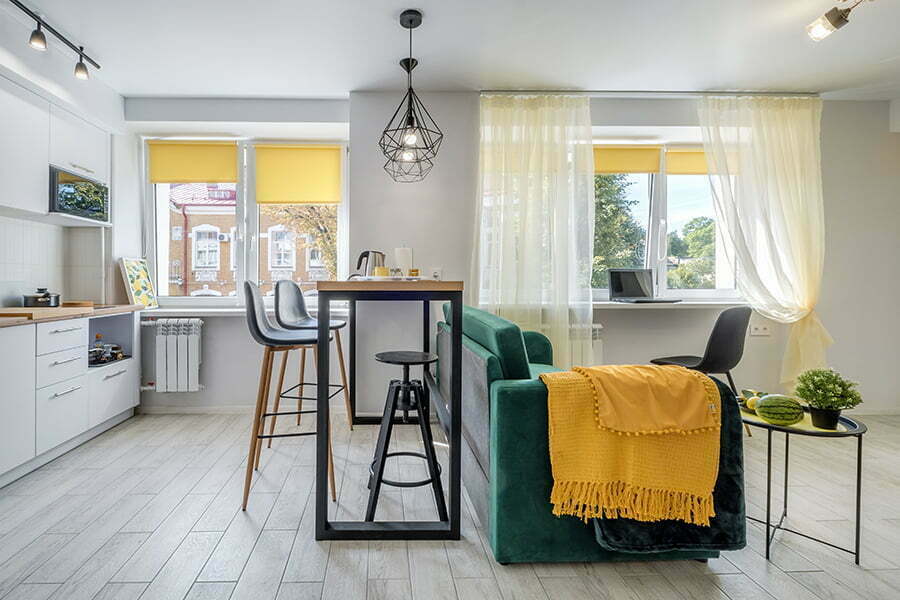
It’s not only free but also has numerous benefits for our health and well-being. Exposure to natural light helps regulate our circadian rhythm, which affects our sleep patterns, mood, and overall health.
Natural light also enhances the colors of your decor and makes your space feel more inviting.
One way to increase natural lighting in your home is by using sheer curtains or blinds that allow sunlight to filter through while still providing privacy. You can also add mirrors or reflective surfaces near windows to bounce the sunlight around the room.
If you’re looking for a more significant change, consider installing skylights or sun tunnels in areas where you need extra illumination like hallways or bathrooms without windows.
Using Skylights and Light Tubes
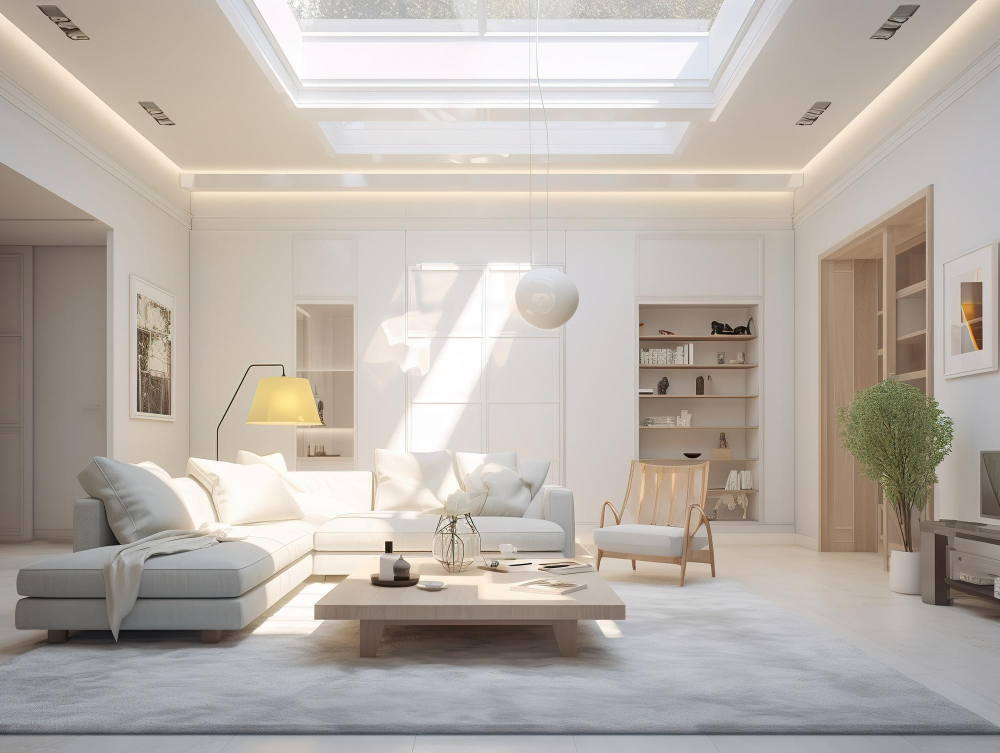
Skylights are windows installed in the roof, allowing sunlight to enter directly into a room. Light tubes, on the other hand, use reflective material to channel sunlight from outside through a tube and into your home’s interior.
Not only do skylights and light tubes provide ample natural lighting during the day, but they also offer significant health benefits by boosting mood levels and regulating sleep patterns. These lighting solutions can help reduce reliance on artificial lights that consume electricity.
When installing skylights or light tubes in your home or office space, it is essential to consider factors such as location for optimal sun exposure throughout the day. You should also ensure proper insulation around these fixtures so that you don’t lose heat during colder months.
Solar-Powered Lighting Solutions
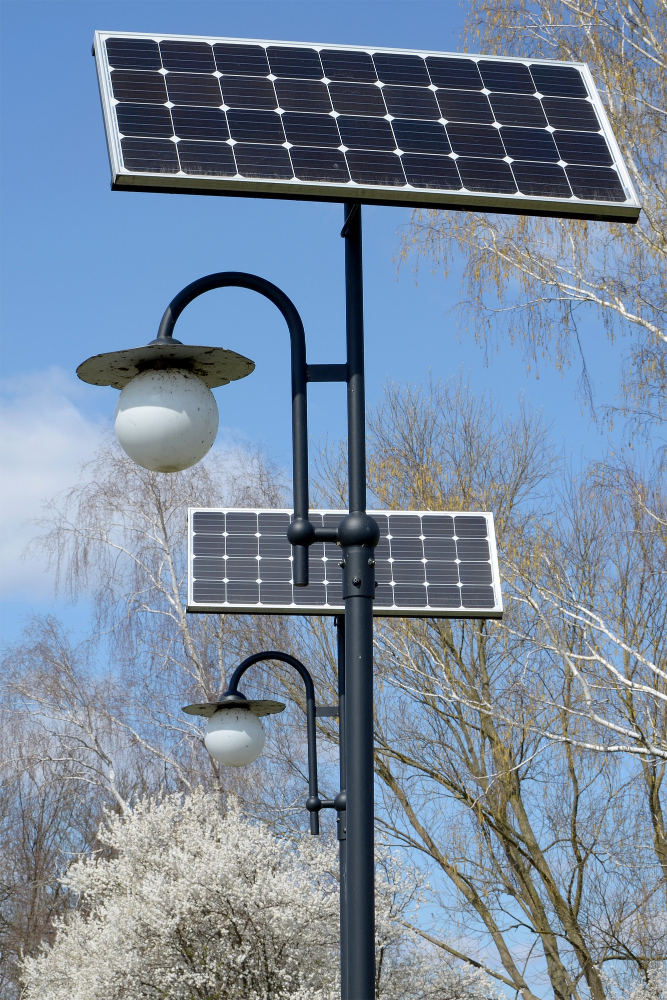
These lights use solar panels to convert sunlight into electricity, which is stored in batteries and used to power the light at night. Solar-powered lighting systems come in various shapes and sizes, from small garden path lights to large streetlights.
One of the significant advantages of solar-powered lighting is that it’s entirely self-sufficient and doesn’t require any wiring or electrical connections. This makes them ideal for remote areas where running electrical wires would be impractical or expensive.
Another benefit of using solar-powered lighting solutions is their energy efficiency. Since they rely on renewable energy sources like sunlight, they don’t contribute to greenhouse gas emissions or other environmental pollutants associated with traditional forms of electricity generation.
Solar powered-lighting can also save you money on your utility bills since you won’t have any additional costs associated with powering these fixtures beyond their initial purchase price.
Dimmer Switches and Energy Efficiency
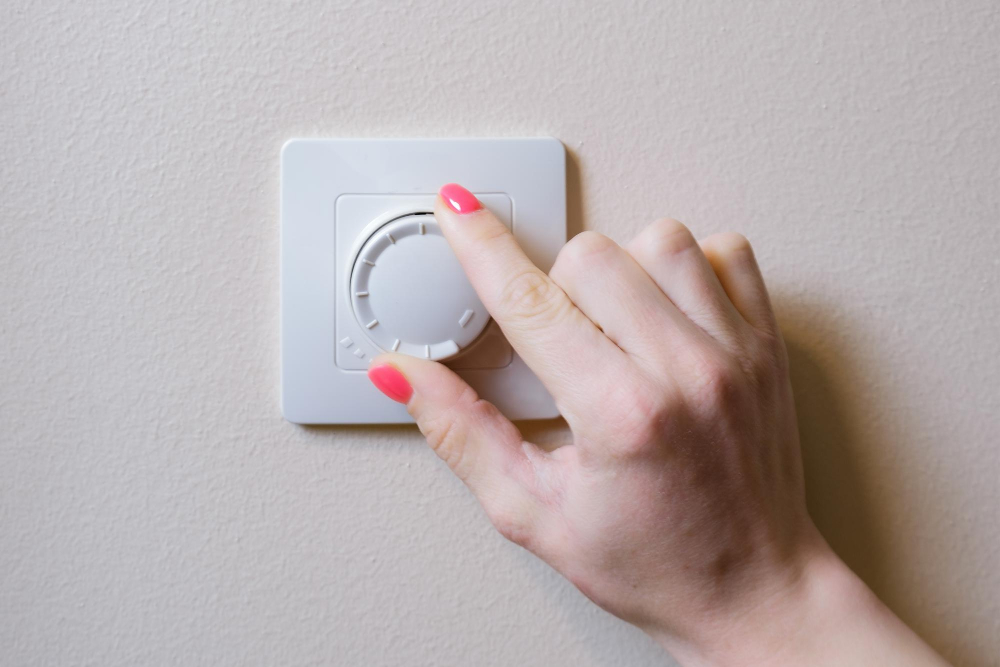
By adjusting the brightness of your lights, you can reduce electricity consumption while creating a more comfortable atmosphere. Dimming also extends the life of bulbs, reducing replacement costs over time.
When choosing dimmer switches for LED lighting, make sure they are compatible with each other. Not all LED bulbs work with every type of dimmer switch; some may flicker or not function correctly if used together.
It’s essential to note that using a dimmer switch doesn’t always mean you’re saving energy. If you have incandescent or halogen bulbs installed and use them at full power on a regular basis, then adding a dimmer won’t necessarily reduce overall energy usage significantly.
Innovative and Emerging Lighting Technologies

Innovative and emerging technologies are changing the way we light our homes and businesses. One of these advancements is OLED (organic light-emitting diode) lighting, which uses thin layers of organic materials to produce soft, natural-looking light that can be dimmed or brightened as needed.
Another exciting development in lighting technology is Li-Fi (light fidelity), a wireless communication system that uses LED lights to transmit data at high speeds. This could revolutionize the way we use Wi-Fi in our homes and offices.
Smart home systems are also becoming more sophisticated with integrated voice control options like Amazon Alexa or Google Assistant allowing you to adjust your lights without even lifting a finger!
With all these new technologies on the horizon, it’s an exciting time for those looking for alternatives to fluorescent lights.
Retrofitting Existing Lighting Fixtures

This process involves replacing old fluorescent bulbs with newer, more energy-efficient options like LED or halogen lights. Retrofitting can be done in a variety of ways, from simply swapping out bulbs to installing new ballasts and wiring.
One of the most significant advantages of retrofitting is that it allows you to keep your current light fixtures while still enjoying all the benefits of modern technology. You don’t have to worry about finding new fixtures that match your decor or spending money on expensive installations.
Another benefit is that retrofitting can significantly reduce energy costs and environmental impact by using less electricity than traditional fluorescent lights. Plus, many LED retrofits last longer than their fluorescent counterparts, meaning fewer replacements over time.
If you’re considering retrofitting as an option for upgrading your home’s lighting system, make sure you consult with a professional electrician first before making any changes yourself.
Government Incentives for Energy-Efficient Lighting

Many countries offer incentives for businesses and homeowners who switch to more sustainable lighting options. These incentives can come in the form of tax credits, rebates, or even free installation programs.
For example, in the United States, there are federal tax credits available for those who install energy-efficient lighting systems in their homes or businesses. The credit covers up to 30% of the cost of equipment and installation.
In Canada, some provinces have rebate programs that provide financial assistance when upgrading from fluorescent lights to LED bulbs or fixtures. In Ontario specifically, there is a program called Save on Energy which offers rebates on eligible products such as LED light bulbs and smart thermostats.
Final Thoughts On Fluorescent Light Alternatives

From LED lighting to natural light solutions like skylights and solar-powered options, the possibilities are endless. It’s essential to consider factors such as cost, energy efficiency, health concerns, and aesthetic appeal when choosing a lighting solution for your space.
By making small changes in our homes’ lighting systems today, we can make significant strides towards a more sustainable future tomorrow. So why not take the first step by exploring some of these fantastic fluorescent light alternatives? Your wallet (and the planet) will thank you!
FAQ
Is it worth replacing fluorescent tubes with LED?
Yes, it is worth replacing fluorescent tubes with LED, as LED replacement lamps are 30% more efficient, providing significant annual energy cost savings.
Can LED strip lights replace fluorescent tubes?
Yes, LED strip lights can replace fluorescent tubes.
What are the main differences between LED and fluorescent lighting in terms of energy efficiency and environmental impact?
LED lighting is more energy-efficient and environmentally friendly than fluorescent lighting due to lower energy consumption and less toxic waste production.
How does the installation process differ between LED and fluorescent tube lighting?
LED tubes typically involve easier installation, often through direct wire or plug-and-play connections, while fluorescent tubes require a ballast.
Are there any significant health differences between exposure to fluorescent light and LED light sources?
Fluorescent lights have been associated with eye strain and migraines due to flickering, while LED lights provide consistent light without flickering, which makes LEDs a healthier option for long-term exposure.
Recap
